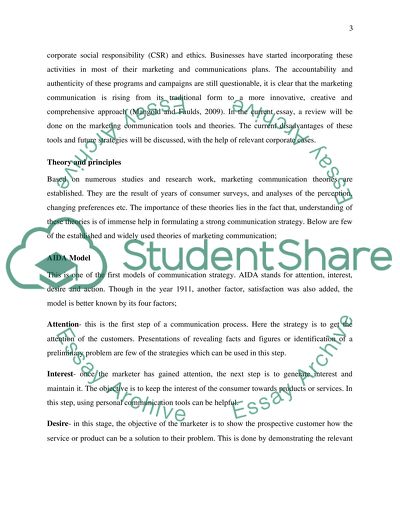Cite this document
(“Marketing Communications Essay Example | Topics and Well Written Essays - 2500 words”, n.d.)
Marketing Communications Essay Example | Topics and Well Written Essays - 2500 words. Retrieved from https://studentshare.org/marketing/1483749-marketing-communications
Marketing Communications Essay Example | Topics and Well Written Essays - 2500 words. Retrieved from https://studentshare.org/marketing/1483749-marketing-communications
(Marketing Communications Essay Example | Topics and Well Written Essays - 2500 Words)
Marketing Communications Essay Example | Topics and Well Written Essays - 2500 Words. https://studentshare.org/marketing/1483749-marketing-communications.
Marketing Communications Essay Example | Topics and Well Written Essays - 2500 Words. https://studentshare.org/marketing/1483749-marketing-communications.
“Marketing Communications Essay Example | Topics and Well Written Essays - 2500 Words”, n.d. https://studentshare.org/marketing/1483749-marketing-communications.


